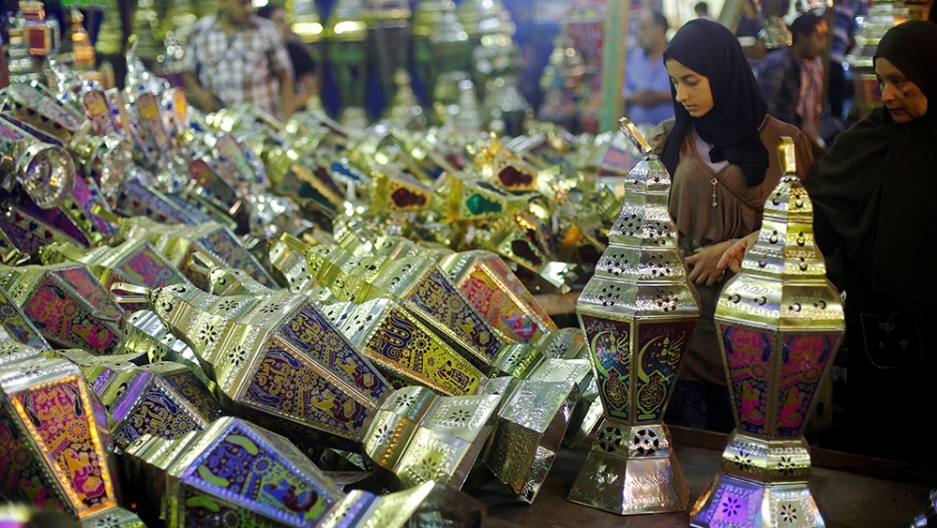While Egypt’s various industries are hard-hit by the economic crisis and the rise of the US dollar against the Egyptian pound, the holy month of Ramadan brings success and fortune to the fanous (lantern) industry in Egypt. As Muslims all over the world celebrate Ramadan, which reminds them of the importance of generosity, spirituality and feeding the poor, celebrations in Egypt have their own unique feel. The industry of manufacturing Egyptian authentic lanterns was originally based in “Taht El Rab’aa,'” a local district in downtown Cairo. Today, it has moved to Al-Sayeda Zeinab and Khaiamia, two kilometers away from Tahrir Square, the center of downtown Cairo. Days ahead of the start of Ramadan, Cairo’s streets are adorned with Egyptian lanterns, with stores selling the colorful lanterns providing scenes of joy for locals and visitors alike. On social media, photographers used the hashtag ‘Ramadan Happiness Spirit’ to share the spirit of Ramadan and the colors that have taken over Cairo’s streets. For the manufacturers, making lanterns has been a part of their lives from a young age. Egyptian Streets spoke to Eid Al-Hawy, a lantern workshop founder whose workshop is located in Al-Sayeda Zeinab….



